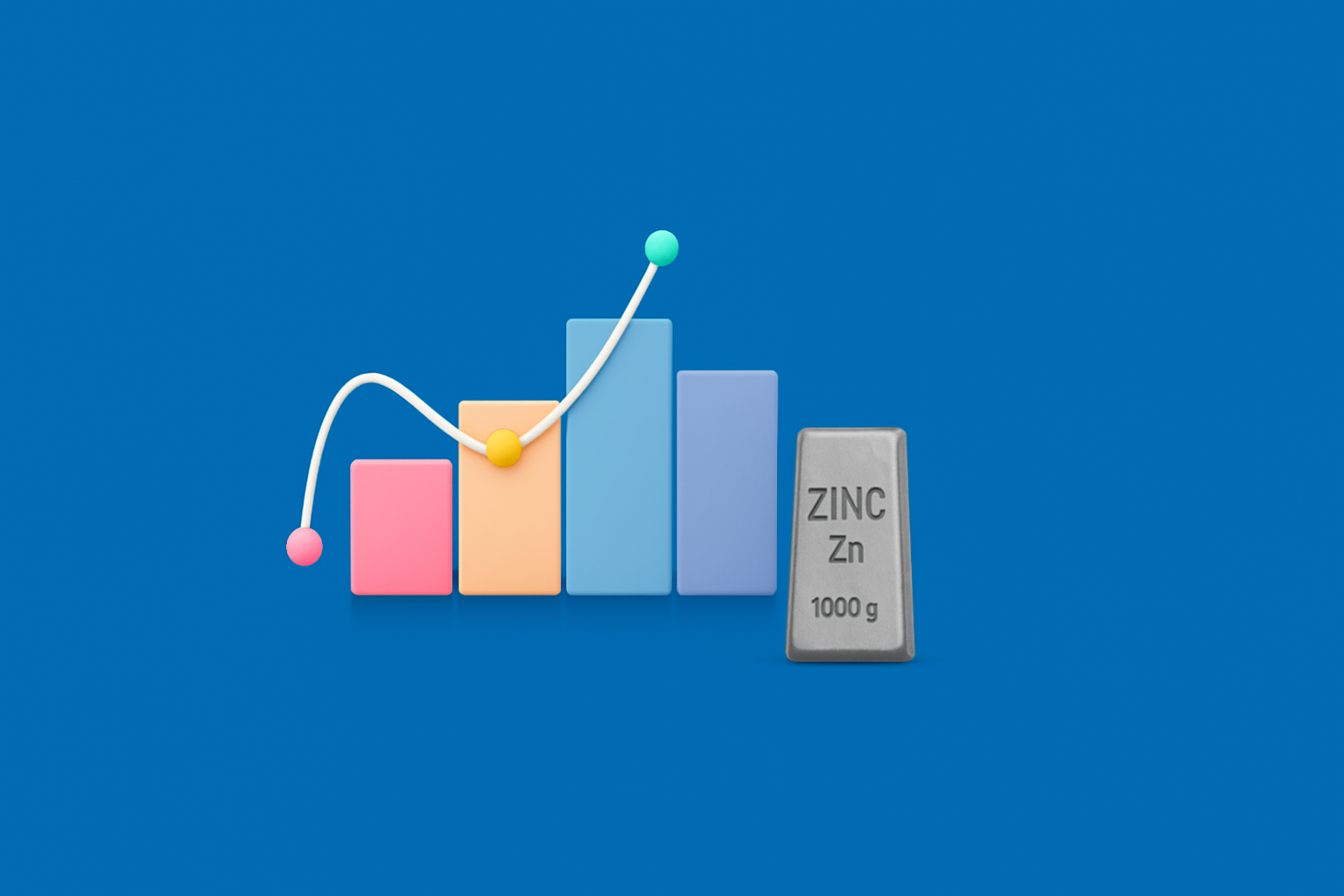FII DII Data - Live Data

- Published Date: December 29, 2025
- Updated Date: December 29, 2025
- By Team Choice
What are FII and DII in the Stock Market
Foreign Institutional Investors (FIIs) invest in the Indian stock market from international markets, while Domestic Institutional Investors (DIIs) include mutual funds and institutional bodies operating from India. FII-DII data helps track their buying and selling trends, giving investors insights into the stock market's health.
FII DII Data Today 29th December 2025
| CATEGORY | DATE | BUY VALUE (₹ Crores) |
SELL VALUE (₹ Crores) |
NET VALUE (₹ Crores) |
|---|---|---|---|---|
| DII | 29-Dec-2025 | 12,972.27 | 12,248.79 | 723.48 |
| FII | 29-Dec-2025 | 6,247.12 | 7,034.07 | -786.95 |
Who are FII and DII
FII: These are foreign investors, such as hedge funds, mutual funds, and insurance companies, that invest in Indian securities.
DII: These are domestic institutional investors, such as mutual funds, insurance companies, and banks, that invest in Indian securities.
Key Metrics in FII DII Data
- Net Purchases/Sales: Indicates how much FIIs or DIIs have invested or withdrawn in a specific period.
- Volume: Shows the total transactions made by these investors, helping gauge their market sentiment.
- FII-DII Ratio: Useful for understanding market momentum, whether bullish or bearish.
How To Interpret DII FII Data Today
Understanding FII and DII movements can give insights into future market trends. Here's how to interpret this data:
- Bullish Market: If FIIs are net buyers, it often indicates a positive outlook, leading to market growth.
- Bearish Market: If DIIs are selling heavily while FIIs are buying less, it may signal an upcoming market correction.
Include charts that track FII-DII movement over the last 6 months for better visualization.
FII DII Trends: What They Mean for Your Investments
To make informed stock market decisions, it's important to follow daily, weekly, and monthly FII-DII trends:
- Daily Trends: Used for short-term traders to capture daily volatility.
- Weekly Trends: Suitable for swing traders looking for momentum shifts.
- Monthly Trends: Best for long-term investors to identify larger market moves.
Also Read: Difference Between FDI Vs FII
FII DII Trends in 2025: Key Insights
In 2025, institutional investor activity has shown strong interest in emerging sectors like technology and healthcare. FIIs have been bullish, particularly in large-cap stocks, while DIIs are focusing on mid-cap sectors. Keep track of this data to anticipate where the market may head.
Top Sectors Favoured by FIIs and DIIs
Include sector-specific data in an interactive graph or chart format.
Why FII DII Data is Crucial for Traders and Investors
FII-DII data provides a direct view of market sentiment and liquidity. High FII inflows generally increase demand and prices, while large DII outflows may indicate institutional profit booking.
Conclusion
Staying updated with FII-DII data is critical for both short-term traders and long-term investors. By analyzing the data and understanding its implications, you can stay ahead of market trends and make informed investment decisions.
Make sure to bookmark this page and check back regularly for real-time FII-DII data and trend analysis.
Also Read: Difference between FPI vs FII
FAQs About FII DII Data
Why is FII DII Data Important?
- It helps investors gauge institutional market sentiment and adjust their strategies accordingly.
How to Track FII and DII Data?
- You can track FII and DII data through Financial News Sites, Stock Market Apps & Financial Data Providers.
How Often Should I Check FII DII Data NSE?
- For short-term trades, daily checks are ideal; for long-term investments, weekly or monthly trends are more insightful.
What should I do if FIIs are selling but DIIs are buying?
- This may indicate market consolidation. It's best to wait and watch for clearer trends or consult a financial advisor.
Disclaimer:
- Trading data includes FIIs/FPIs and DIIs across BSE, NSE, and MSEI.
- Data is based on trades executed and client categories provided by Trading Members.
- BSE data is compiled using 'client type' markings during order execution.
- The data is provisional and subject to changes due to custodial confirmations or modifications.
- For final FII/FPI data, refer to:
- NSDL website
- CDSL website
Recommended for you

Highest Return Mutual Fund in Last 5 Years

What Is Option Trading?

Zinc Future Price Forecast for Next Week
